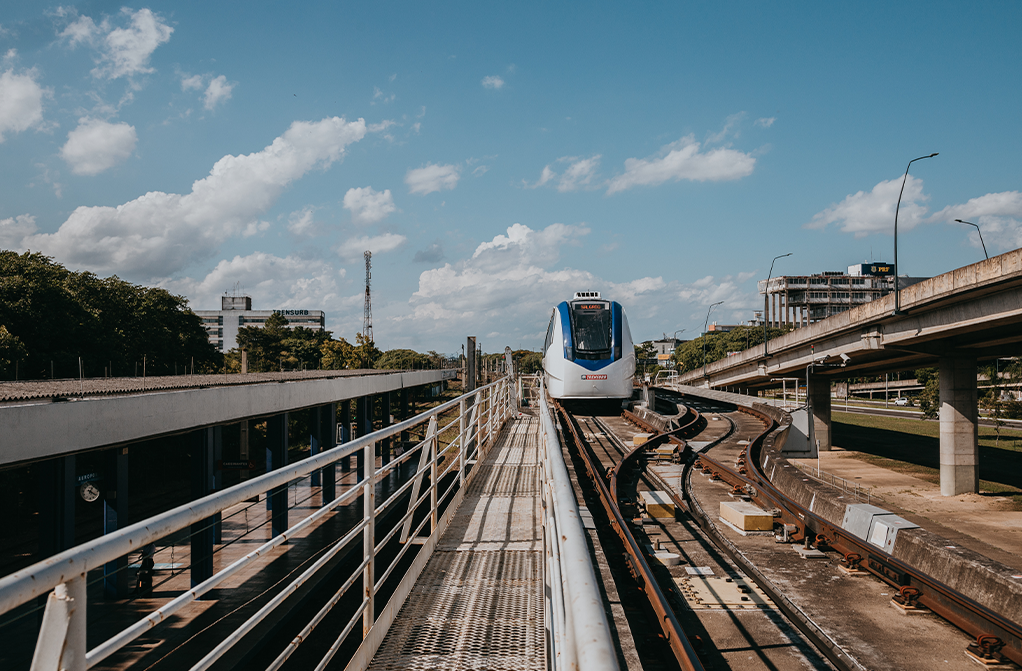
May 22, 2023
The Aeromovel system offers numerous advantages when it comes to operational and maintenance costs, making it a highly competitive option that eliminates the need for onboard operators.
One of the main differentiating factors of Aeromovel is its energy efficiency advantage, thanks to its pneumatic propulsion system and extremely lightweight vehicles. In fact, emergency corrective maintenance can be performed without disrupting the line’s routine, and it is possible to operate with reserve cars.
In terms of maintenance costs, Aeromovel requires minimal onboard moving parts and utilizes industrial blowera for propulsion, resulting in low maintenance requirements and costs, especially when compared to systems with onboard motors.
The guideway of Aeromovel has an exceptionally long lifespan, as it doesn’t suffer from wheel wear caused by braking traction. The projected lifespan of the concrete prestressed or steel track, with proper treatments and protections, is 100 years or more.
The sealing system, another essential element for the operation of Aeromovel, is designed to be replaced every 12 years, particularly under high-frequency operation.
The Aeromovel system uses steel railway wheels, avoiding the use of tires, which require frequent replacement and proper storage and disposal. Additionally, tires emit pollution in the form of microparticles into the soil and water.
“The system’s operation is lean because it is fully automated, reducing the staff required for its operation. Maintenance is simplified since the system does not carry onboard propulsion, which means the motors are not subject to vibration. All parts, components, and equipment are available in the national supply chain and are off-the-shelf industrial equipment,” explained Diego Abs, Systems Manager at Aerom.
Another maintenance factor that contributes to the system’s reliability is that predictive and preventive services can be performed on a hot standby basis, allowing contingency activities to be carried out while the system operates normally without compromising the quality of services.